The album the Stones pulled out of the basement
Recorded in debauchery at a French villa, Exile on Main Street has been trashed, dismissed, hailed and revered in the 50 years since its release in 1972.
Author:
12 May 2022
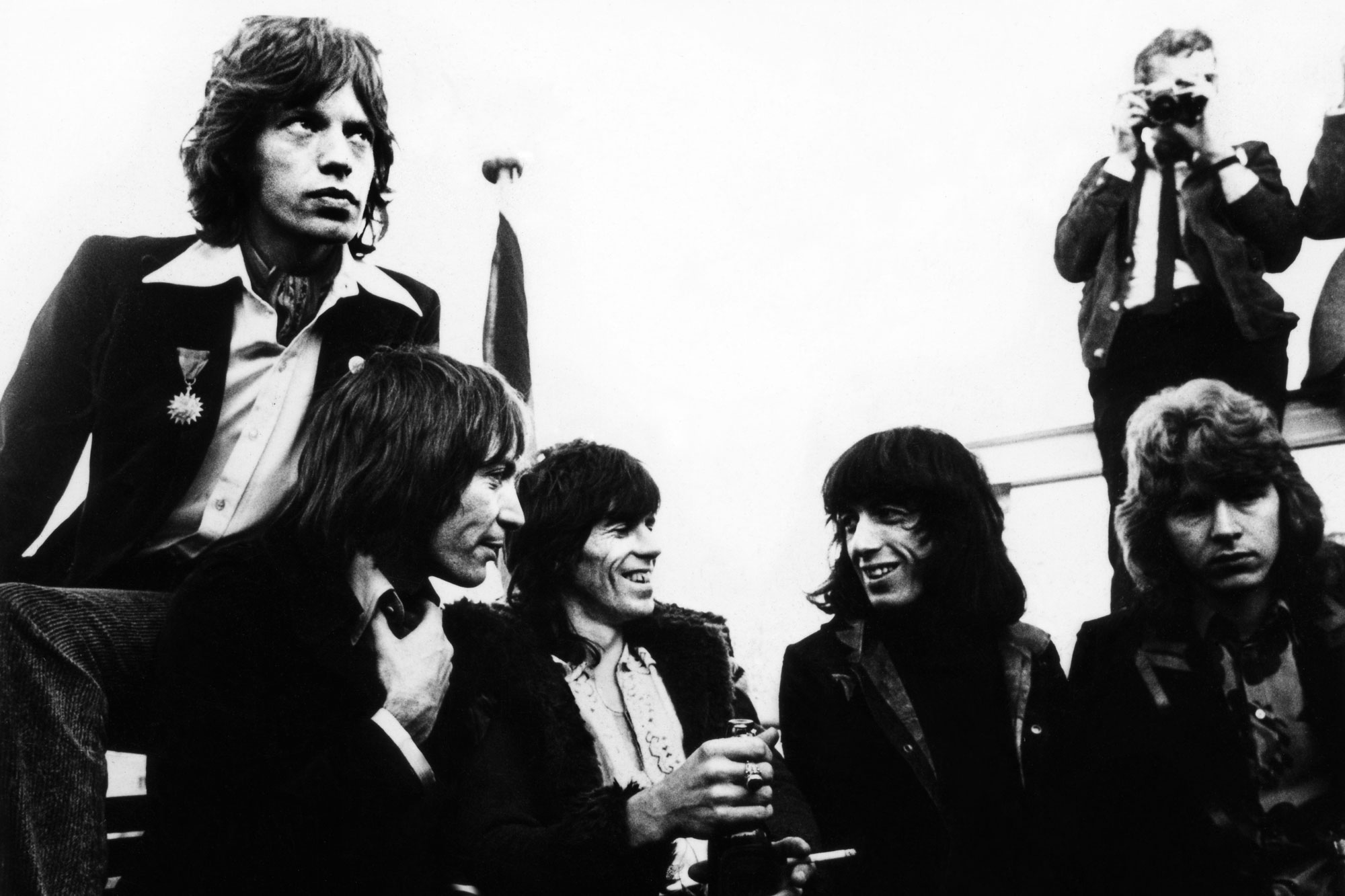
“It just kept going and going and getting bigger and bigger … If you don’t make bold moves, you don’t get fucking anywhere. You’ve got to push the limits. We felt we’d been sent down to France to do something and we’d done it, and they might as well have it all.” – Keith Richards in his autobiography Life (2010).
Thursday 12 May marks 50 years since the release of Exile on Main Street, the 12th studio album by the Rolling Stones who – after the dissolution of their friends and much publicised professional rivals The Beatles in December 1970 – were now undoubtedly “the greatest rock ’n roll band in the world”.
It is often now regarded as the pinnacle of the Stones’ long creative journey to turn their obsessive love of Black American rhythm and blues into something more than imitation and create a sound that simultaneously paid homage to and evoked the spirit of their Americana influences while conjuring a musical sound and style that was distinctively their own.
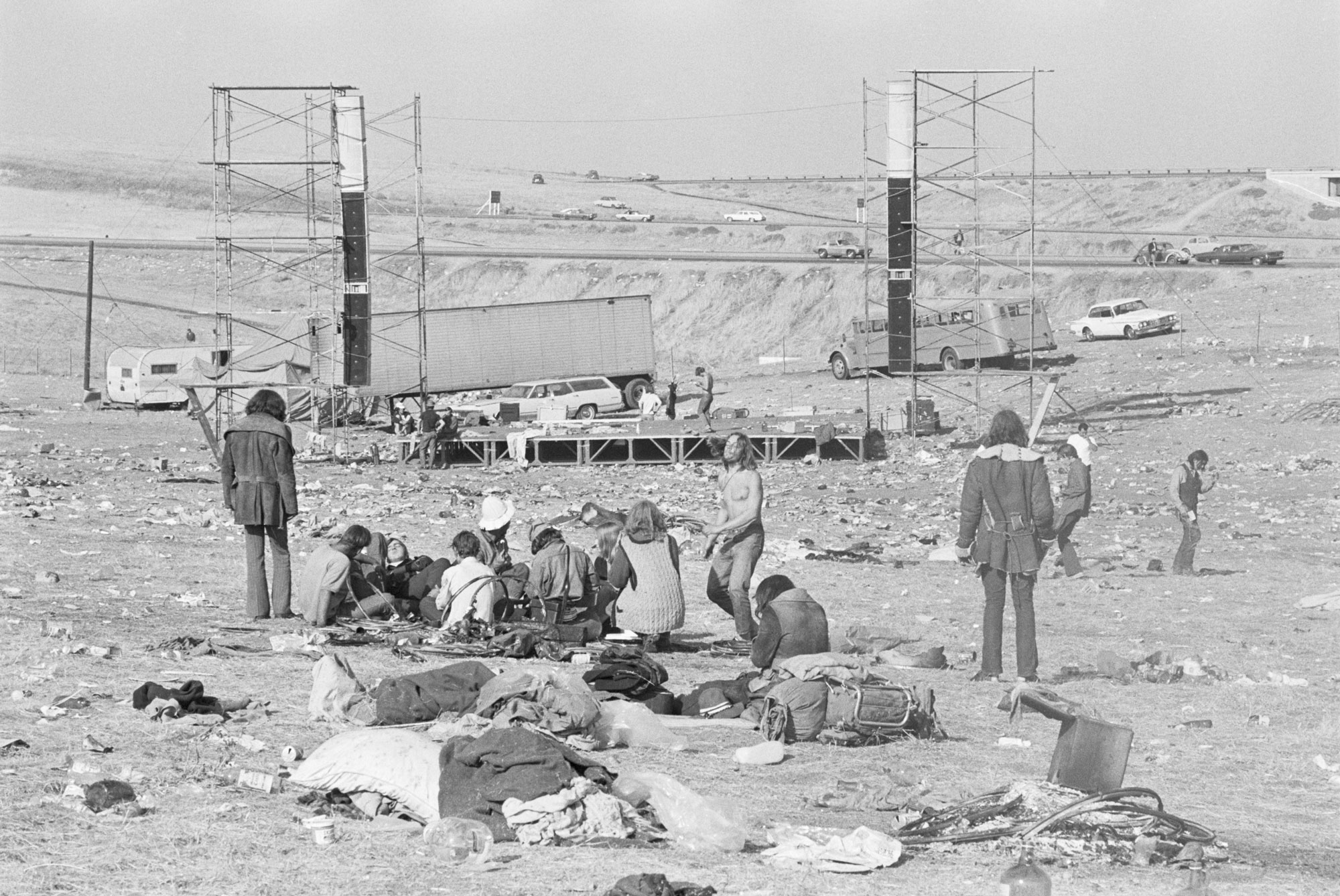

It also topped what is arguably the most impressive and definitive four-album run in rock history, beginning with 1968’s Beggars Banquet and continuing through 1969’s Let It Bleed and 1971’s iconic Andy Warhol sleeve-designed Sticky Fingers.
Since its rocky initial reception, Exile’s status has grown solidly, and from 2003 to 2012, it occupied the No. 7 spot on Rolling Stone magazine’s 500 greatest albums of all-time list – before dropping to 14 in the magazine’s reassessment of its fabled directory in 2020. It was voted by the magazine’s readers as the second-greatest double album in history – after The Beatles’ White Album – and was inducted into the Grammy Hall of Fame on its 40th anniversary in 2012.
Exile’s iconic place in the rock pantheon is as much because of its musical ingenuity and hindsight status as the last great sustained collection of roots-blues, Keith Richards-championed Stones style as it is to the often repeated myths and legends surrounding the circumstances of its creation.
Drugs, convictions and death
By 1971, much of the youth of the Western world had been brought crashing down from the idyllic, peace and love, idealistic, marijuana-infused haze that had clouded the 1960s. They now faced a harsh reality in which United States president Richard Nixon’s silent-majority moral crusaders were staging an unrepentant fight back against the counterculture.
Nixon’s government dug itself ever deeper into the unwinnable chaos of the war in Vietnam; fought back against the anti-war movement on university campuses such as Kent State; sought to bring the terrifying threats of Black power under white government control by any means necessary, and launched the ideological, ill-advised “war on drugs”.
Long labelled pop culture’s high priests of darkness and the men no normal, God-fearing parents would want their daughters to marry, the Stones had spent much of the years prior to their “exile” navigating a sling of arrows.
In 1967, guitar hero Richards’ country mansion Redlands had been raided by British drug enforcement officers. He and fellow “glimmer twin” Mick Jagger had been charged for drug offences leading to a highly publicised trial that resulted in the pair receiving harsh sentences for minor offences that were eventually overturned on appeal.
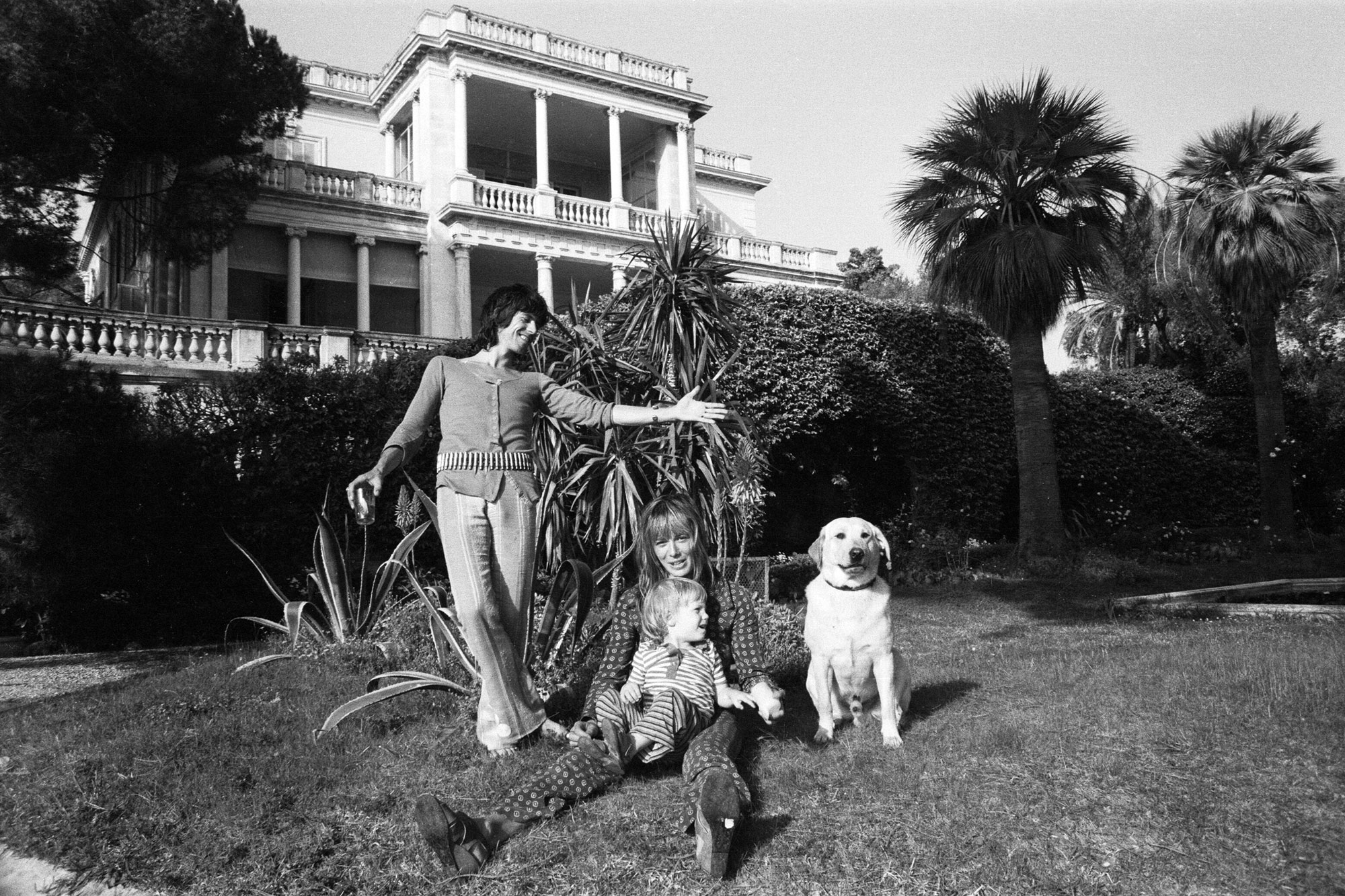

In July 1969, following years of increased dependence on drugs, growing bitter dissatisfaction with his place in the band and eventual departure, founding Stones member Brian Jones was found drowned in his swimming pool at the age of 27.
In December of that year, at the Stones’ free concert at the Altamont Speedway in California, 18-year-old Black audience member Meredith Hunter was stabbed to death in front of the stage by members of the Hells Angels.
By 1971, the Stones had replaced Jones with John Mayall’s Bluesbreakers’ guitar prodigy Mick Taylor, left their longtime label Decca and were set to release Sticky Fingers, the first record on their newly created, Indian goddess Kali-inspired, lapping tongue-logoed Rolling Stones Records label.
French escapades
The band also found themselves the victims of bad business managers whose dodgy deals had left them hundreds of thousands of pounds in debt to the Labour government, which had introduced a crushingly heavy tax rate of 93% for Britain’s one-percenters.
Following advice from their new financial manager Prince Rupert Loewenstein, the Stones fled for France to escape the taxman’s clutches, where they ensconced themselves in luxurious lodgings along the French Riviera – famously described by writer Somerset Maugham as a “sunny place for shady people” – and a few country estates further inland.
It was in the palatial Villa Nellcôte nestled on the hills above the harbour at Villefranche-sur-Mer on the Côte D’Azur, that Richards settled with his partner Anita Pallenberg and their young son Marlon. There they found, as he recalled in his autobiography, “the grandeur we felt we deserved after the shabbiness of Britain”.
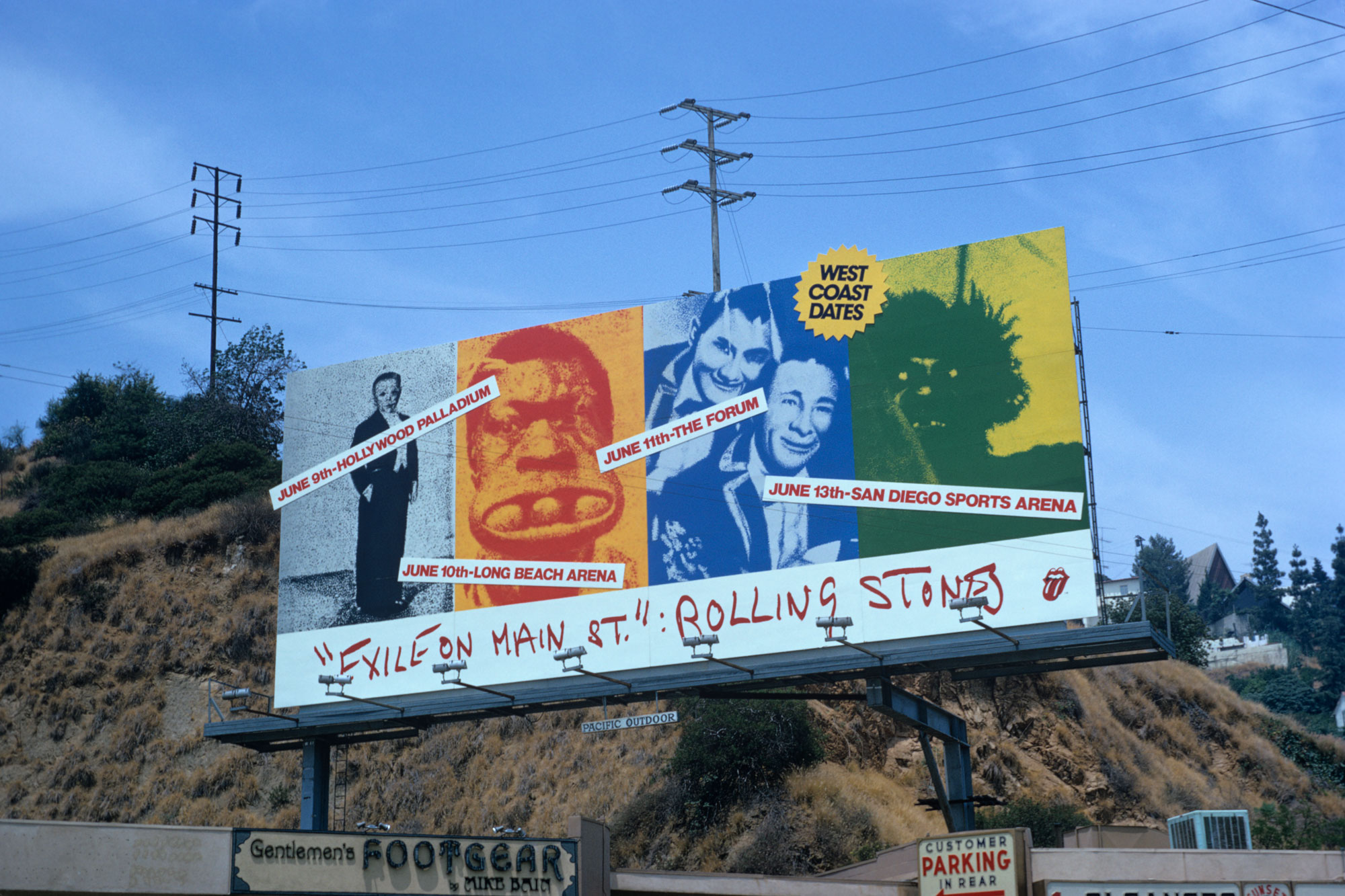

It was also in the maze-like basement of the villa – historically inaccurately mythologised by Richards as the former torture chamber of the Nazi Gestapo during the French occupation – that the Stones would act out their Miltonian six-month descent from paradise into the drug-fuelled, small-hours wailing, searingly hot hell that would become as necessary to the cementing of Exile’s totemic status as the tracks that eventually made up the album.
By his own standards and account, the famously substance-loving Richards had arrived in France, “not totally clean … I’d brought a small maintenance dose with me, but as far as I was concerned, I’d just cleaned up.” Nellcôte, a stone’s throw from the drug transport centre of Marseilles on one side and the Italian mafia on the other, was soon the locus for a roaring drug business facilitated by the Stones’ hired cook “Fat Jacques”, who became the band and their entourage’s very own French Connection. This led to increased interest from both the French police and the Marseilles underworld that would eventually see the Stones making a much publicised skin-of-their-teeth escape from France in November 1971.
But before that, Nellcôte would see a constant flow of drugs, celebrity visitors, sexually dubious shenanigans and – most importantly – musically miraculous creations made in the bowels of the villa through the use of the band’s Mighty Mobile recording truck. Dazed and equally drugged producer Jimmy Miller and engineer Andy Johns somehow wrestled the chaos of the physical limitations of the basement and the “Keith time”, heroin-induced uncertainty of the recording schedule into enough basic material for the album.
Down to business
Arriving in Los Angeles in December 1971, control of Exile reverted to the more practical, business-minded and deadline-focused stewardship of Jagger. He brought in session stalwarts such as Billy Preston, Dr John and a selection of gospel-inspired backup singers to help craft the swamp of tracks into some sort of marketable shape.
Though he would for decades decry the muddiness of his vocal mix and the lack of a standout radio-friendly hit single, Jagger had the album ready for final mixing by March 1972.
As the focus shifted away from the music towards the album as a product and its packaging, it was drummer Charlie Watts who suggested the perfect man to capture the image of the band, what Jagger over-romantically described as “runaway outlaws using the blues as its weapon against the world … grinning in the face of a scary and unknown future”. Switzerland-born documentary photographer Robert Frank, whose seminal 1958 book The Americans had been celebrated by the beat generation for its fresh-eyed outsider depiction of the many layers of post-war American society, was tapped for the job.
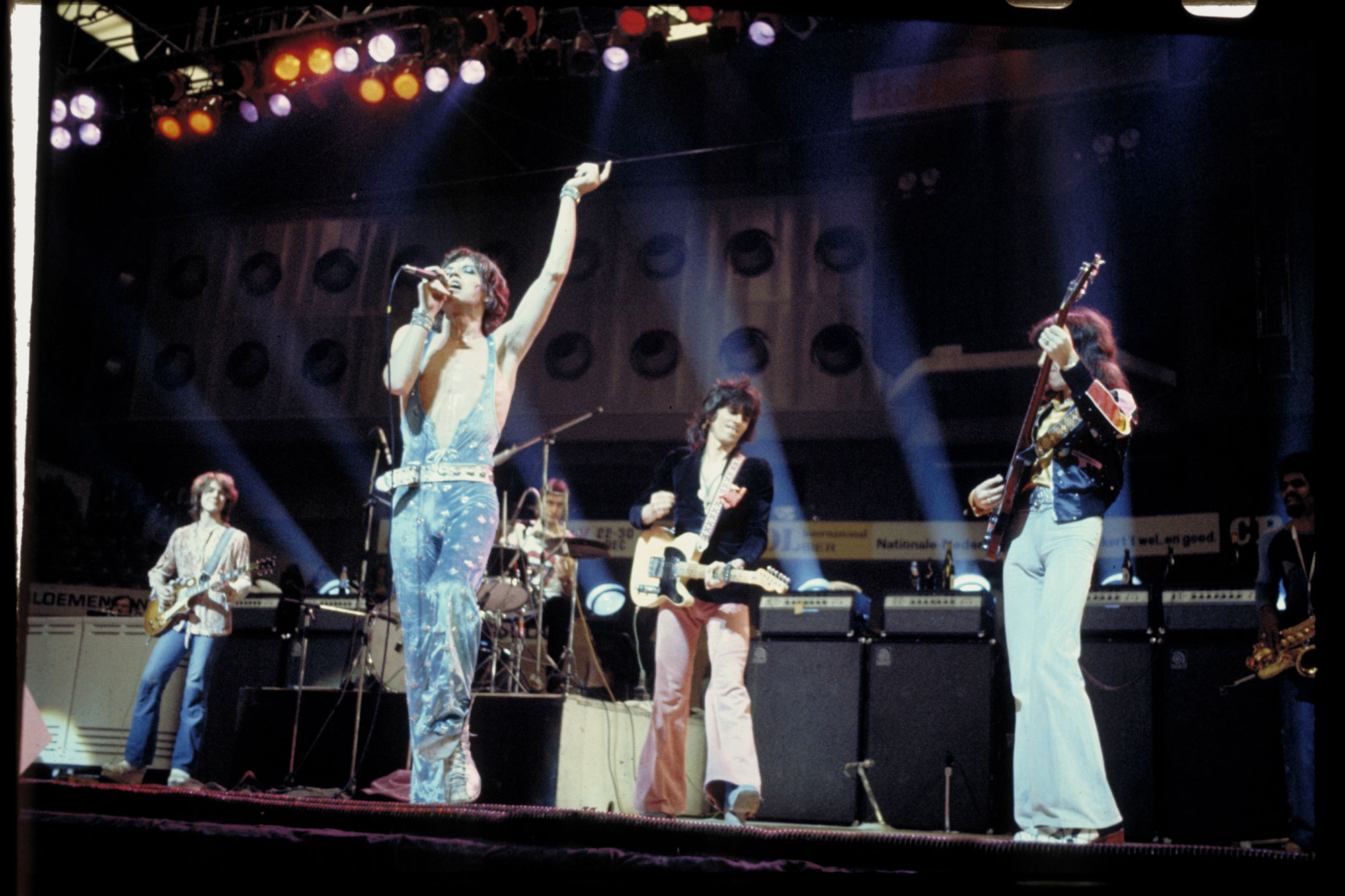

Frank took the Stones to Los Angeles’ fabled Main Street for a documentary-style shoot that produced the iconic images used for the album’s cover and giant promotional billboards that appeared across the city in the weeks leading up to its release.
After the almost Sisyphean effort that had gone into the recording and creation of the album – still the only double record in the Stones’ extensive discography – the critical reception to Exile on Main Street was decidedly lukewarm.
Mixed reaction
Lenny Kaye – who would go on to his own critical rock acclaim as the guitarist for the Patti Smith group – led the naysaying chorus with his Rolling Stone review, describing the album as disappointedly and annoyingly uneven, and bemoaning the fact that “the great Stones album of their mature period has yet to come”.
Creem magazine’s resident rock taste-maker Lester Bangs initially dismissed the album, before writing a mea culpa in January 1973 in which he declared it “possibly the best Stones album ever” and evidence of the fact that “the Stones still have the strength to make you feel that both we and they are hemmed in and torn by similar walls, frustrations and tragedies. That’s the breakthrough of Exile on Main Street.”
Only a handful of critics were initially receptive to the album, most famously The Village Voice newpaper’s Robert Christagu, who put it on his best records of 1972 list and lauded it as a “masterpiece” that “explored new depths of record-studio murk, burying Mick’s voice under layers of cynicism, angst and ennui”.
The accompanying US and Canadian tour in June and July 1972 was, like the album that anchored it, a mythical hurricane of sex, drugs and rock ’n roll excess that would create the blueprint for the military operations that Stones tours became for the rest of their career. It would also provide the dodgy inspiration for misogynist rampant rock star misbehaviour for future bad boy bands, from Led Zeppelin to Guns ’n Roses and Mötley Crüe.


The Stones had granted Frank carte blanche to cover the tour in all its gory immediacy on Super 8 cameras, which both his crew and members of the Stones and their entourage could use. His final product, the disturbing cinéma-vérité film Cocksucker Blues, was promptly banned by the Stones and their management from being shown except under severely restricted circumstances, until the internet came along and made it widely accessible as a nastily uncomfortable portrait of the dark excesses of rock ’n roll life.
As Bangs had presciently noted in his re-evaluation piece, “if Exile on Main Street is about the need for inclusion, the latest Stones tour is about the tactics of exclusion. If the album cries out for the reciprocal resolution of tension, the tour runs on crackling rails of tension, frustration, disappointment and envy. It may not have been planned that way, but that’s how it works out.”
After that, most of the material recorded and released on the album remained unperformed by the Stones in the following decades, as they moved from being the greatest band in the world to taking on the mantle of rock’s elder statesmen and the longest surviving group of their foundational era. They celebrate their 60th birthday as a band in July this year.
‘Slanted with human error’
In 2003, Jagger said that in spite of its phenomenal critical reappraisal and diehard fan obsession, Exile was “not one of my favourite albums, although I think the record does have a particular feeling … It has some of the worst mixes I’ve ever heard. I’d love to remix the record, not just because of the vocals, but because generally I think it sounds lousy.”
In 2010, breaking the Stones’ long-held refusal to play the album reissue game, Jagger chose Exile as the first album in the band’s back catalogue to receive the extended-bonus material, remastered treatment.
Almost four decades passed between the release of Exile and its reissue in 2010. Though they certainly provided memorable, genre-jumping singles such as Miss You, Emotional Rescue and Undercover of the Night, this time is, in hindsight, mostly marred by the Stones’ increasingly overblown, high-spectacle, dearly priced, celebrity entourage-stuffed live shows that quickly became the bread and butter of their globally profitable brand, promoting a decidedly mixed studio album output.
The five-star, four-album run that peaked with Exile was followed by uneven attempts by the Stones to move themselves away from Jagger’s boredom at the limitations of rock. They did this by embarking on a messy, mixed-results journey of increasingly misguided efforts to tie themselves to the sounds and musical zeitgeist of the following decades.
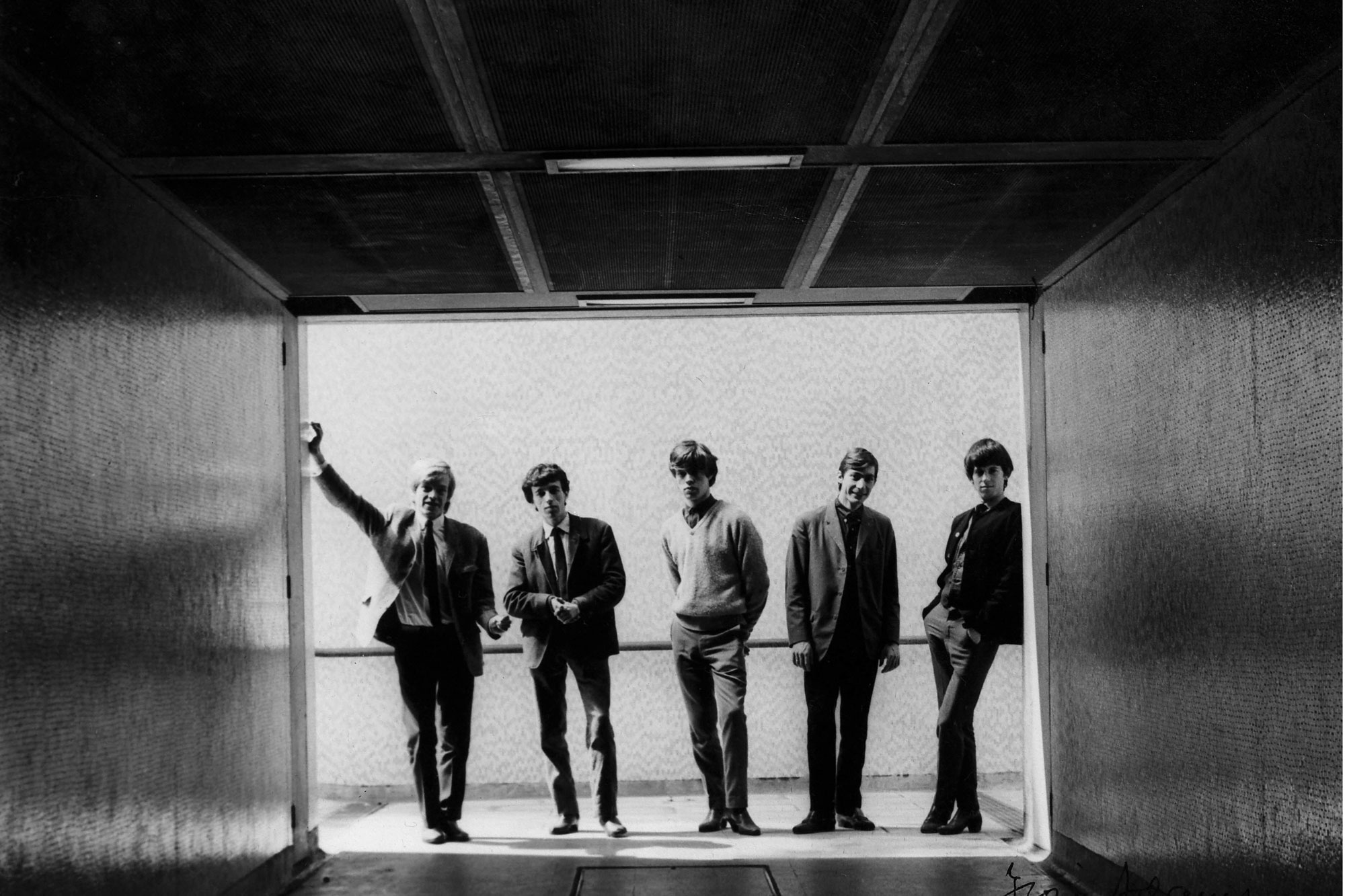

By 2010, it was obvious to many that Exile had stood the test of time as what Jack Hamilton writing in The Atlantic newspaper saw as not only “the finest album in the Stones’ career” but “also the sound of a slow implosion, of things falling apart, both the end of the Rolling Stones as the world had come to know them and the end of an era of rock and roll music as well”.
As singer-songwriter Cat Power told The Guardian newspaper in a recent 50th anniversary Exile appreciation piece, the album “feels slanted and open-ended with human error, which makes it gorgeous. There’s mystery and mythology – tax exiles, drugs coming into the house, living free as fuck. All sorts of people coming and going, but somehow holding it together enough to record these songs, outside of the recording studio. They broke the mould with that album.”
It’s that creative/destructive dichotomy that has made Exile on Main Street both a specific product of the time and circumstances of its creation and a timeless record of the Stones’ most successful attempt to capture the spirit, sounds and emotional impact of the music that entranced them as teenage, post-war British teenagers, and which set them on their path to their own rock ’n roll immortality.
